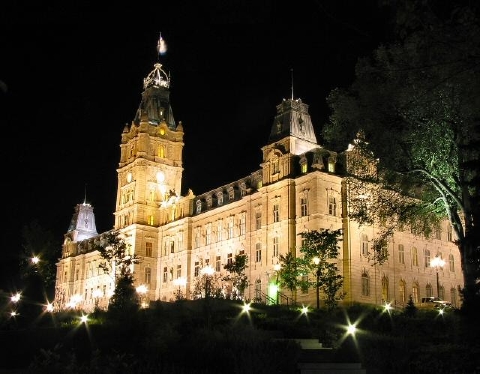Alberta’s Port? Networked Federalism and the Port Development in Prince Rupert
DOI:
https://doi.org/10.24124/c677/200888Keywords:
BC PortsAbstract
The opening of the Fairview Terminal in September, 2007 was an important landmark in the one hundred year history of Prince Rupert Port development. Despite the initial vision and plans of Charles Hays, a later boom provided by American troops during World War II, and another spike in development in the late 1970s, Prince Rupert has yet to fulfill its early promise as a gateway to the East. The recent emergence of container shipping and the construction of a new deep water container port is the latest in a series of efforts to fulfill that promise. Throughout its history, the port in Prince Rupert has been shaped and hindered by external political and economic forces, dependent on support from outside investors and government officials with little commitment to the local community. This paper examines these factors across time to illustrate specific dynamics that are critical components of contemporary development, and highlights the contributions and benefits of what has been termed elsewhere “network federalism.” Such a concept highlights the influence of multi-level governance, both vertical and horizontal, on public policy and development. The paper begins with a review of Rupert port development in the past, then turns to the present, and concludes with some comparisons intended to highlight prospects for the future, both in Rupert and in multi-level governance.Downloads
Published
2008-11-13
How to Cite
Young, J. (2008). Alberta’s Port? Networked Federalism and the Port Development in Prince Rupert. Canadian Political Science Review, 2(4), 51–59. https://doi.org/10.24124/c677/200888
Issue
Section
Articles

